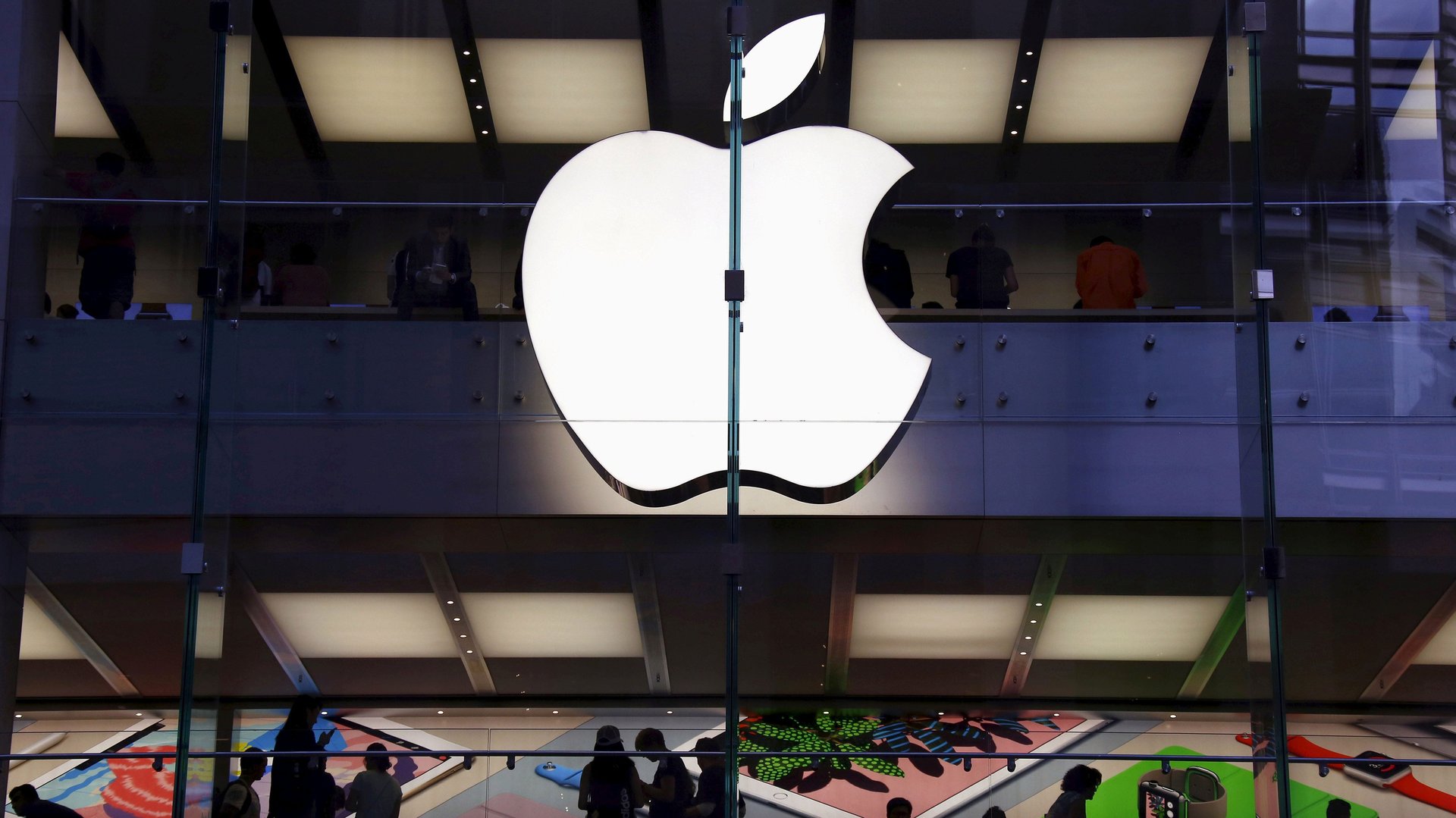Apple now has more reason than ever to focus on India
Apple has a big reason to come out all guns blazing in India: failure in China.


Apple has a big reason to come out all guns blazing in India: failure in China.
Going by Tim Cook’s recent memo to employees—published by Bloomberg on Jan. 03—China, which has been its third-largest market by sales, has come up short against Apple’s expectations. “…our revenue shortfall in Q1 is from iPhone, primarily in Greater China,” CEO Tim Cook wrote.
Analysts suggest the company may have priced itself out of the market where cheaper, attractive options have rapidly come up.
Coupling that with a slowdown in the Chinese economy, traffic to Apple’s retail stores and channel partners in China declined, according to a Jan. 02 investor note by Cook.
“External forces may push us around a bit, but we are not going to use them as an excuse. Nor will we just wait around until they get better,” Cook wrote. “This moment gives us an opportunity to learn and to take action, to focus on our strengths and on Apple’s mission.”
Over the years, perhaps, one of the biggest learnings for the company started by Steve Jobs, Ronald Wayne, and Steve Wozniak is that China isn’t a reliable market. In November 2016, the consumer watchdog group China Consumers Association badgered the firm on why iPhone batteries were failing. A couple of months on, there was an exploding iPhones problem making headlines. Apple copycats are teeming in the country’s smartphone market, aping iPhones at far lower prices. Just last month, companies in China were urging employees to boycott Apple—even threatening to fire them—in favour of homegrown Huawei devices.
Now with a trade war brewing between the US and China making matters worse, Apple is hoping India will be its much-needed cash cow.
Wistron, one of the assemblers of Apple’s iPhone SE and iPhone 6S smartphones, has increased the authorised capital (the amount of money a company may invest) of its subsidiary in India to Rs3,000 crore ($430 million), according to a report in daily newspaper Digitimes citing a company filing with the Taiwan Stock Exchange (TWSE). This is a significant uptick from the Indian arm’s current paid-up capital of Rs180 crore. The money will be used to ramp up the production capacity of its plant in Narasapura in the southern state of Karnataka.
An earlier report in Reuters suggested the Taiwanese electronics manufacturing company Foxconn will begin assembling top-end iPhone models in its Tamil Nadu factory as early as this year. It will invest Rs2,500 crore and create 25,000 jobs along the way.
The India dilemma
Like in China, Apple started off as an “aspirational” brand with hefty price tags that are out of reach for most Indians. However, the country’s middle class is growing and so is its propensity to spend.
Unfortunately, though, India isn’t the brightest spot for the Cupertino-based company so far. Apple has been battling a substantial slowdown in revenue in India. In the fourth quarter of 2017, business in India was flat owing mostly to a weak rupee.
“For Apple, the struggle will be to contend with the falling demand of its phones with corresponding hikes in prices,” Rushabh Doshi, an analyst at Singapore-based market research firm Canalys, told Quartz. “India is one of the most expensive countries to buy an iPhone. Apple making it even more expensive, due to currency fluctuations, will only make it less appealing.”
Shipments for iPhones have taken a hit, likely due to their unaffordability. In 2016, the government nipped Apple’s hopes of selling more affordable refurbished goods, given the country’s out-of-control e-waste crisis. Then, in February 2018, India hiked customs duties on iPhones to 20%. Apple’s share in the world’s second-largest smartphone is down to a mere 1%.
Besides, competition is stiff in the region with Shenzhen-based OnePlus and South Korean firm Samsung gaining a lead.
Unlike China, where Apple has set up 50-odd retail stores, India does not have a single one yet.
The firm has been trying to push down prices by manufacturing devices locally—an attempt it seems to be continuing with going by Wistron’s recent push—but Indians aren’t really fond of the cheaper, older, and smaller models. Eventually, Apple may need to go back to the drawing board and chalk up a whole new India strategy.